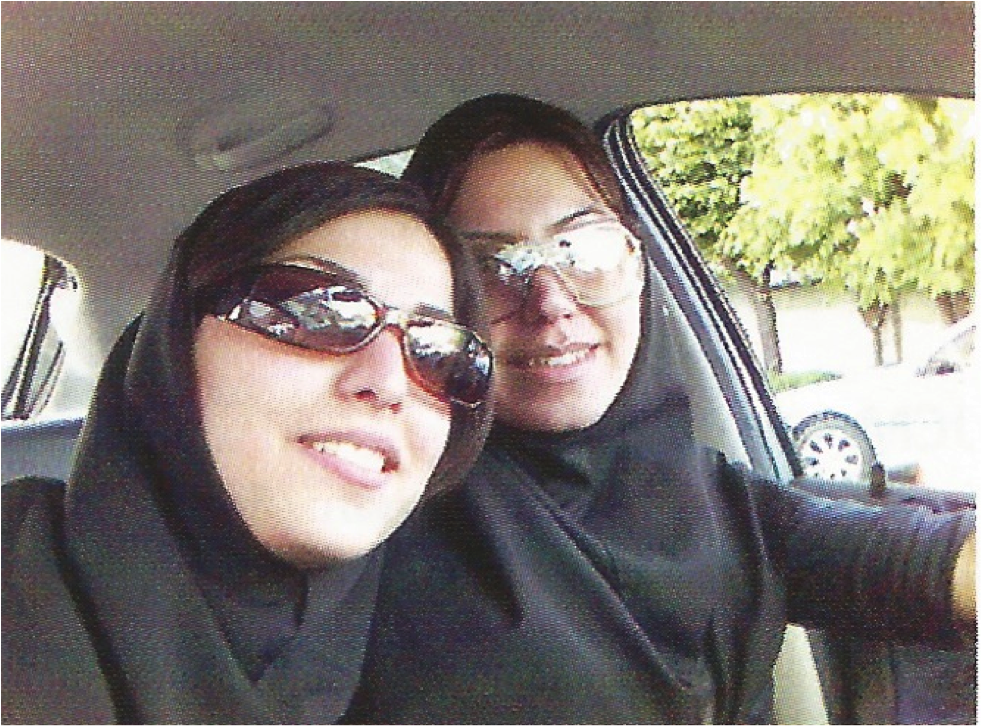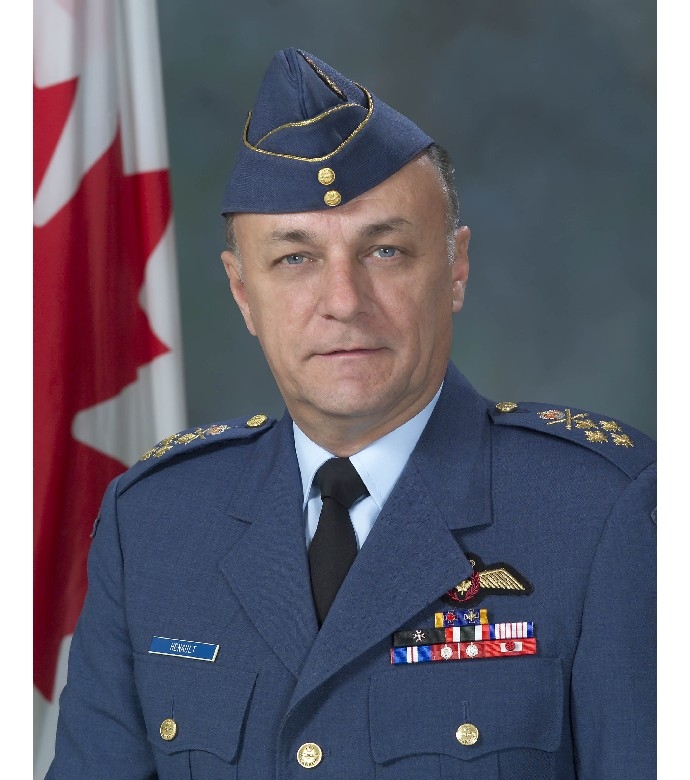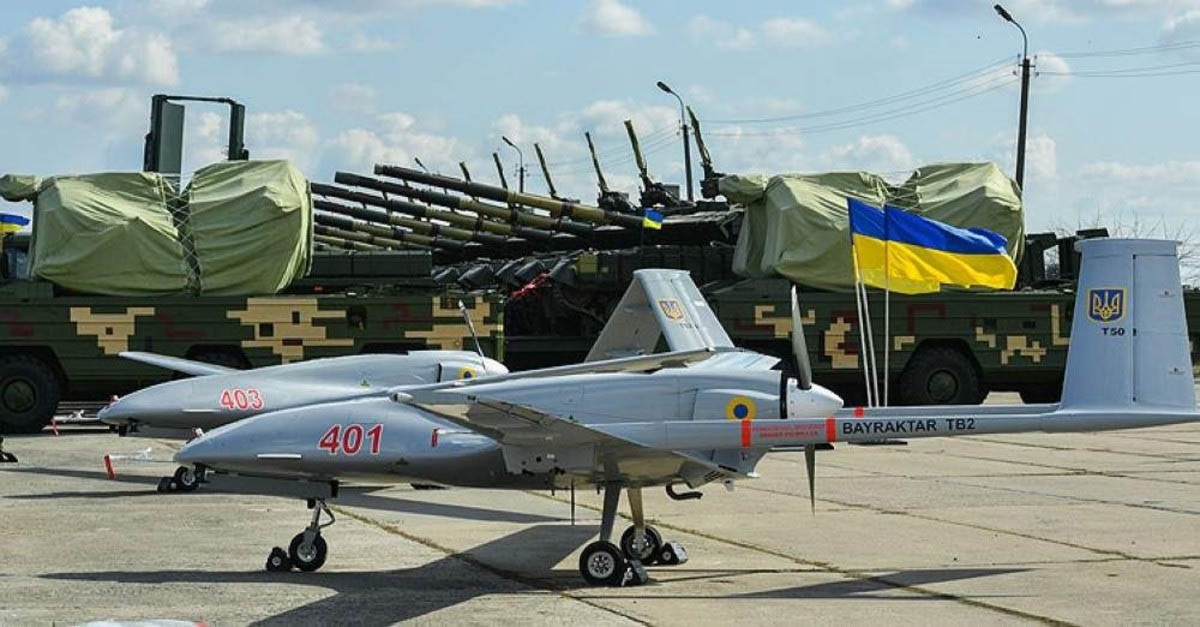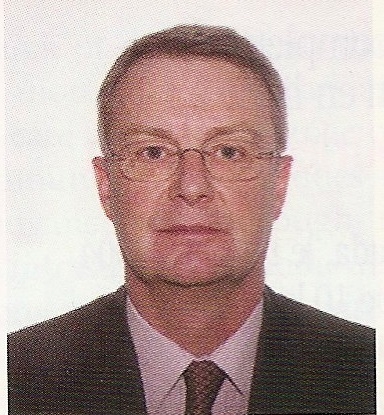
To Veil Or Not To Veil
Quick, what do the words “Muslim woman” bring to mind?
Is it the austere beauty of a face untouched by make-up, framed by a sober headscarf? What about the fresh-faced girl celebrating the end of exams over coffee with her friends, their shining hair swinging free? Could she be a swimsuit-clad mother frolicking with her family on a sunlit beach or a hijab-wearing high-school senior pounding down a basketball court, dribbling as she goes?
Can we envision all of these images or only one? Some may argue that women in Islam are homogeneous in thought, action and appearance; witness a recent Maclean’s Magazine cover depicting an ominous array of black-garbed, stereotypically angry Muslim women — an image as frightening as it is false.
The truth is that Muslim women come in all shapes, sizes and colours, with all sorts of perspectives on Islam, the world and their place in it. Some are outspoken and vocal, while others are more retiring. Some veil and others do not. And that’s okay.
Another often overlooked truth is that hijab is actually a minor issue, both within the teachings of the faith and as we go about our daily lives. But as the Muslim world intersects with western (particularly North American) society, the veil has by virtue of its very visible and prominent presence become fraught with layers of meaning. It can be a symbol of menace to uneasy westerners wondering if hatred festers within the heart of the young woman poring over her books in the university library. To the civil libertarian genuinely concerned about the status of eastern woman, it may be proof of the downtrodden Muslim female, subject to the whim of her menfolk. Some women choose to retreat into a comforting anonymity (especially the very few who choose to wear the niquab, or face veil) while others boldly don the hijab in an attempt to proclaim their identity, autonomy and ideology. For these women, the hijab is a testament to their faith. For others in post-revolutionary Iran and those languishing under the rule of the unschooled Taliban, an equally momentous and arguably more dangerous act would be to fling off the chafing restrictions of the chador. And certainly the veil in any of its manifestations is as susceptible as any other overt religious symbol to being hijacked for political gain.
Among the oft-cited reasons to wear the hijab — an opaque covering that hides the hair and neck — is to preserve a sense of modesty and a desire to be free from the leering gaze of the male. An infinitesimally few go further and cover their faces. The niquab is most often seen in the poorer, usually rural regions of a very traditional patriarchal society where women are generally absent from the public sphere. Invisible shadowy figures all, they are often burdened too with the guardianship of family honour (notwithstanding the possible illicit relationships of their male relatives). This bleak picture is in contrast to the heady world of seventh-century Arabia as the new religion of Islam became established under the stewardship of the prophet Muhammed (peace be upon him). This beloved spiritual leader was also the administrator of a nascent Muslim state where unveiled women participated fully in public life, attending the mosque not only for congregational prayers but also to engage in discussion and debate the socio-political concerns of the day. No one questioned their modesty.
Islam eschews monasticism. We (men and women both) live in and are of this world and are exhorted to strive to reach our full potential in all fields of human endeavor, be they intellectual or spiritual. We must accept our responsibility to become fully contributing members of our society, be that society in Copenhagen or Khartoum or Odessa or Ottawa. The face veil may be impractical in this regard. In any meaningful human discourse, we rely on nonverbal, often facial cues to direct and enhance communication. Especially in our pluralistic society, it is incumbent that we be mindful of the sensibilities of our non-Muslim neighbours and avoid erecting an unnecessary barrier to understanding.
Taking up the hijab can be a potent form of protest in places like France and Turkey where the state has unwisely proscribed its wear. In 1926 Iran, Reza Shah’s minions forcibly removed the hijab from outraged women in the streets. But in 1979, following his triumphant return from years of exile in France, the Ayatollah Khomeini decreed the return of the chador as if insensate womankind must meekly accept whatever the mullahs pronounce. What those mullahs, the state and often the press (both western and eastern) conveniently ignore is that, just as there is no compulsion in religion, there can be no single edict on the topic that carries weight with all. Women’s bodies have again become a convenient battleground on which to wage ideological battles, and not so incidentally to control those same women as well. Cynical men on both sides of the divide attempt to manipulate the naïve woman: the deeply conservative to erase her from being, and the misogynistic fashion designer to create fantastically impractical, blatantly sexual outfits of dress that few women would choose to wear. It’s always our choice, though, to reject the ridiculous, whether it emanates from Parisian runways or the autocratic edicts of a self-styled mullah.
When I was a child growing up in Winnipeg, my siblings and I were the only Muslims in school. It felt a bit odd, but it was the only reality we knew. No one seemed threatened by us; they were more bemused by our dark exoticism among the milky complexions of our Caucasian classmates.
Later, the Muslim presence in Canada grew and was reflected accordingly in our prairie town. We attended Muslim summer camp, built a mosque and evolved as a community. During this time, I never heard the word “hijab.”
Sure, we covered our heads when we recited the Qur’an and performed salaat, the ritual prayer. No one scolded me or gasped if an errant hair escaped my gauzy dupatta. No man succumbed to his baser desires as we wandered freely through the prayer hall attending lectures and day camps. We weren’t relegated to a “women’s only” entrance or space. We couldn’t be; we belonged where we were. It was a halcyon time.
Because the first Winnipeg mosque served as the only Islamic center of worship in that vast unpeopled province, we were a multi-ethnic group. The majority of us were immigrants from Southeast Asia, mostly Pakistan, with a smattering of Arabs from the Levant, some Bosnians, and some West Indians. A few of the Arab women, by no means all, covered their hair. None of the others did. It wasn’t an issue.
However, things began to change. Political events beyond my ken at the time stirred the global ummah. Their ramifications reached even placid Winnipeg, dozing on its prairie. Some younger Muslim girls were beginning to wear the hijab. It didn’t affect me particularly, believing as I did that the decision to cover is a deeply personal one, an outward display of inner faith.
But when conditions begin to change, they very often continue to change and that very quickly indeed. The previously tolerant atmosphere seemed to darken. Some hijabi women seemed to feel that theirs was a superior Islam, that we non-hijabis were floundering in stormy waters, were not quite as enlightened as they were, and were perhaps even destined for hell.
One particular incident remains etched in my memory. Strolling down a wing of the local mall, I happened upon a recent acquaintance sidling past me. “Assalaamu alaikum,” I called, thinking she hadn’t seen me. She glanced briefly toward me before continuing on her way. Discourtesy is always discomfiting, but this encounter was more troubling than most. Upon mentioning the episode to a mutual friend, she nodded sagely, quite unperturbed. “You see, Ferrukh, she didn’t say salaam to you because you don’t wear hijab.”
The matter-of-factness of this explanation was as stunning as it was spurious, and silenced me temporarily. It did, however, force me to confront some hard truths about intolerance and to articulate to myself my own belief in an inclusive, loving faith.
There’s nothing complicated about Islam. At its core is a belief in tawheed — the oneness of Allah and the acceptance of Muhammed, peace be upon him, as His last prophet. Its precepts are simple too: to be kind to each other, to keep from wrongdoing, to try to do the right thing. Surely then, common courtesy trumps any notion of a false superiority based on a questionable interpretation of the expression of feminine modesty. Would this girl be so churlish, I wonder, as to refuse to respond to the cheery “good morning” of a colleague or a classmate?
Some time later, the same mutual friend confided to me earnestly: “You know, Ferrukh, just because I wear hijab doesn’t mean that I’m better than you are.” Gazing back at her with equal gravity, I responded quietly: “I never thought you were.” Dumbfounded, she stared at me until we both burst into laughter. The relief of returning to the common plane of human fallibility from the rarefied realm of religious exertion freed us both from the invisible fence that a seemingly innocuous length of cloth had built between us.
True modesty resides in the heart and is expressed in every word and glance and gesture. Its sister virtue is humility The truly faithful shun spiritual arrogance. Pride in our own piety has no place in Islam. Nor has unreasoning compliance with glib pronouncements uttered by complacent, usually unlettered authoritarians of both genders.
A multitude of women, a spectrum of opinion and a diversity of thought, all united under the banner of Islam; this is Muslim womanhood. Bestowed with intelligence by our Creator,Whose first command to us was “Iqra!” (“Read!”), we contemplate the Qur’an and fmd wisdom there. We look to the ever more complex world around us and ponder the concerns that collectively weigh on us. Ever striving to find our place in North America, as Muslims and as equal citizens, we will raise our voices to confront the dangers that threaten us all — the loss of rationality to fear, of civilization to chaos —while resolutely marching to meet a future in which the acknowledgment of our common humanity will Insha’Allah bring us to peace.
By: Ferrukh Faruqui









